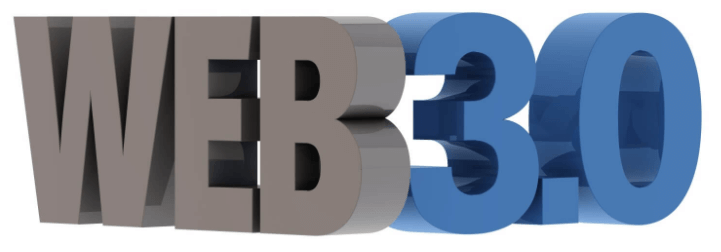
Introduction:
In this article, we will discuss the evolution of the Internet from its Elementary Phase, where it’s going now and how it affects Us.
In the current time, we don’t think about our life without the Internet. We know how the internet Has evolved from Static Websites to Dynamic Social Media Websites.
Evolution of the web:
The internet has changed over the years and their Applications has changed so unrecognizable
In comparative to their Early stage. The development/ evolution of the internet has been partitioned into 3 Stages: Web 1.0, Web 2.0, and Web 3.0. Now we discuss these stages in detail:
What is Web 1.0?
Web 1.0 is the first part of the internet. In this early stage, most of the Internet Users are Consumers i.e they just consume the content. Whereas the creators are the developers who created the websites. In this phase websites mostly contain static Text and Images.
Web 1.0 existed between 1991 to 2004.
Data is served on the website through a static File system instead of a database.
What is Web 2.0?
Most of us Experience Web 2.0. In this phase of the internet, you don’t need to be a developer for creating the content. Most Websites treat users as a contributor to the content. In this phase, if you want to share the information with the world you can. Web 2.0 is simple and real because most people are the creators.
What is Web 3.0?
In Web 3.0, we can say users don’t upload/host websites on a single server. The hosting is on a distributed system or cloud database. The ultimate goal of Web 3.0 is to create more intelligent, connected and open websites. With Web 3.0, the data generated by disparate and increasingly powerful computing resources, including mobile phones, desktops, appliances, vehicles, and sensors, will be sold by users through decentralized data networks, ensuring that users retain ownership control.
Web3.0 key characteristics:
- Verifiable
- Trustless
- Self-governing
- Permissionless
- Distributed and robust
- Stateful
- Native built-in payments
Conclusion: Web 3.0 is more open and intelligent, with semantic Web technologies, distributed databases, natural language processing, machine learning, machine reasoning, and autonomous agents.
If you have skills in PHP programming and you want to enhance your career in this field, a PHP certification from StudySection can help you reach your desired goals. Both beginner level and expert level PHP Certification Exams are offered by StudySection along with other programming certification exams.




